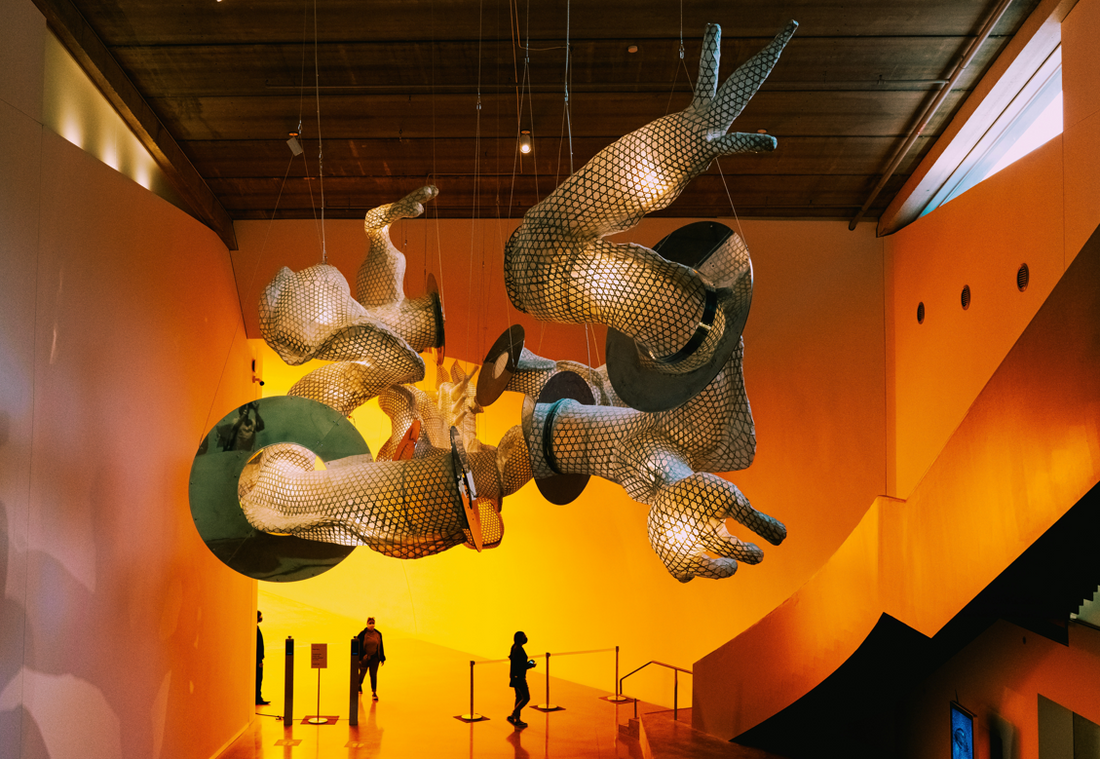Installation art has transformed from its avant-garde beginnings into a mainstay of contemporary art, embracing diversity and experimentation. This genre creates immersive environments that change how viewers perceive space and engage with art, often rooted in movements like Dada, conceptualism, and performance art.
Explore our curated selection of contemporary artists from around the globe.
Naturalist Gallery offers artist representation internationally. Apply your art.
Origins and Conceptual Foundations

The origins of installation art can be traced back to early 20th-century movements like Dada, which emphasized experimental and unconventional approaches. This background laid the groundwork for installation art's emphasis on three-dimensionality, mixed media, and viewer interaction. Artists like Marcel Duchamp challenged traditional views of art with works that engaged viewers in unique, often intimate ways.
Key Characteristics and Innovations
Modern installations are known for their immersive nature, inviting viewers to step into and interact with created environments. These works are often large-scale and site-specific, crafted with particular spaces in mind, which ensures a unique aesthetic and experience for each piece. This ability to envelop viewers in an artistic experience distinguishes installation art from more traditional forms such as sculpture and painting.
Notable Works and Artists
From Allan Kaprow's playful "Yard" to Joseph Beuys's reflective "The End of the Twentieth Century," installation art has produced a range of impactful works. Artists like Cornelia Parker and Damien Hirst have continued this legacy, creating installations that challenge perceptions and invite contemplation. Whether through prismatic light displays or thought-provoking arrays of pharmaceuticals, these works showcase the medium's versatility and capacity for critique and exploration.
Contemporary Trends and the Future
Today's installation art is more diverse and experimental than ever, with artists worldwide contributing to its evolution. This genre continues to expand its boundaries, incorporating digital technology, exploring new materials, and addressing global themes. As installation art evolves, it remains a powerful tool for artists to engage audiences, challenge conventions, and express complex ideas.
The ongoing development of installation art showcases its enduring relevance and its ability to adapt to changing cultural landscapes. By transforming spaces into immersive experiences, installation art continues to challenge, delight, and provoke viewers worldwide.
Learn more About Naturalist Gallery of Contemporary Art.
You may also find the following articles helpful:
The 14 Essential Artists of Impressionism
Expressionism: 20 Iconic Paintings & Their Artists
Renaissance Art: Origins, Influences, and Key Figures
Classical Art Movement: Exploring the History, Artists, and Artworks
Figurative Art: Understanding, Collecting, and Appreciating the Style
Daily Routines of Famous Artists: Learn from the Masters
Top 12 Controversial Artworks That Changed Art History



